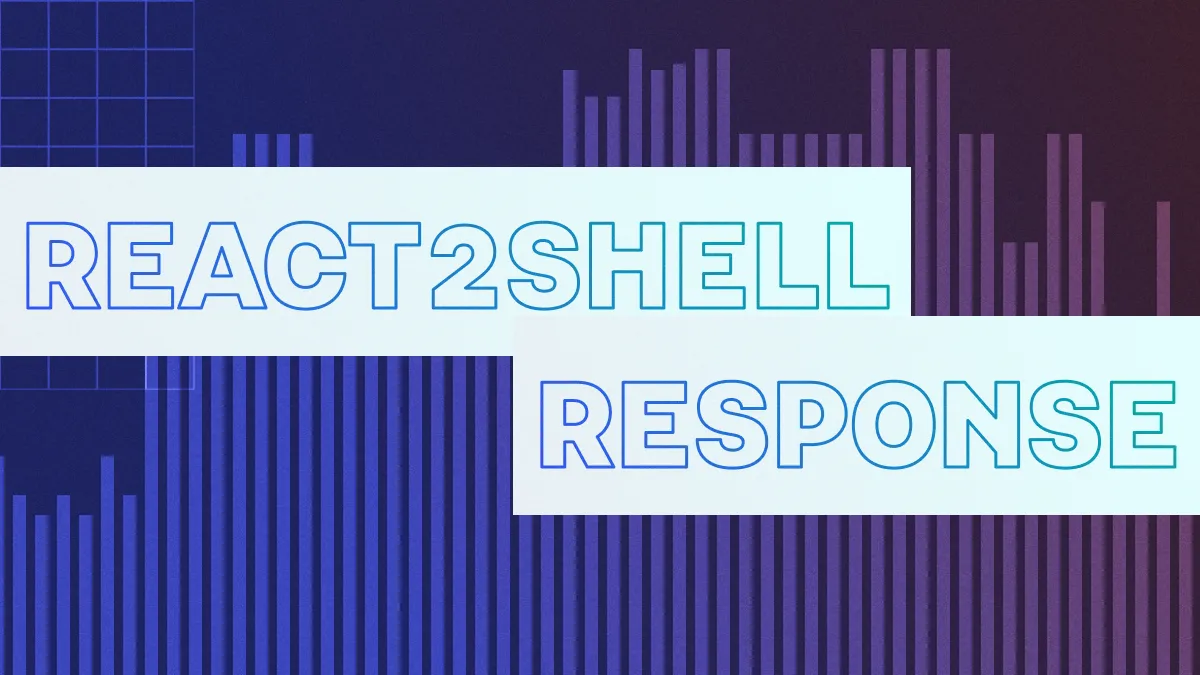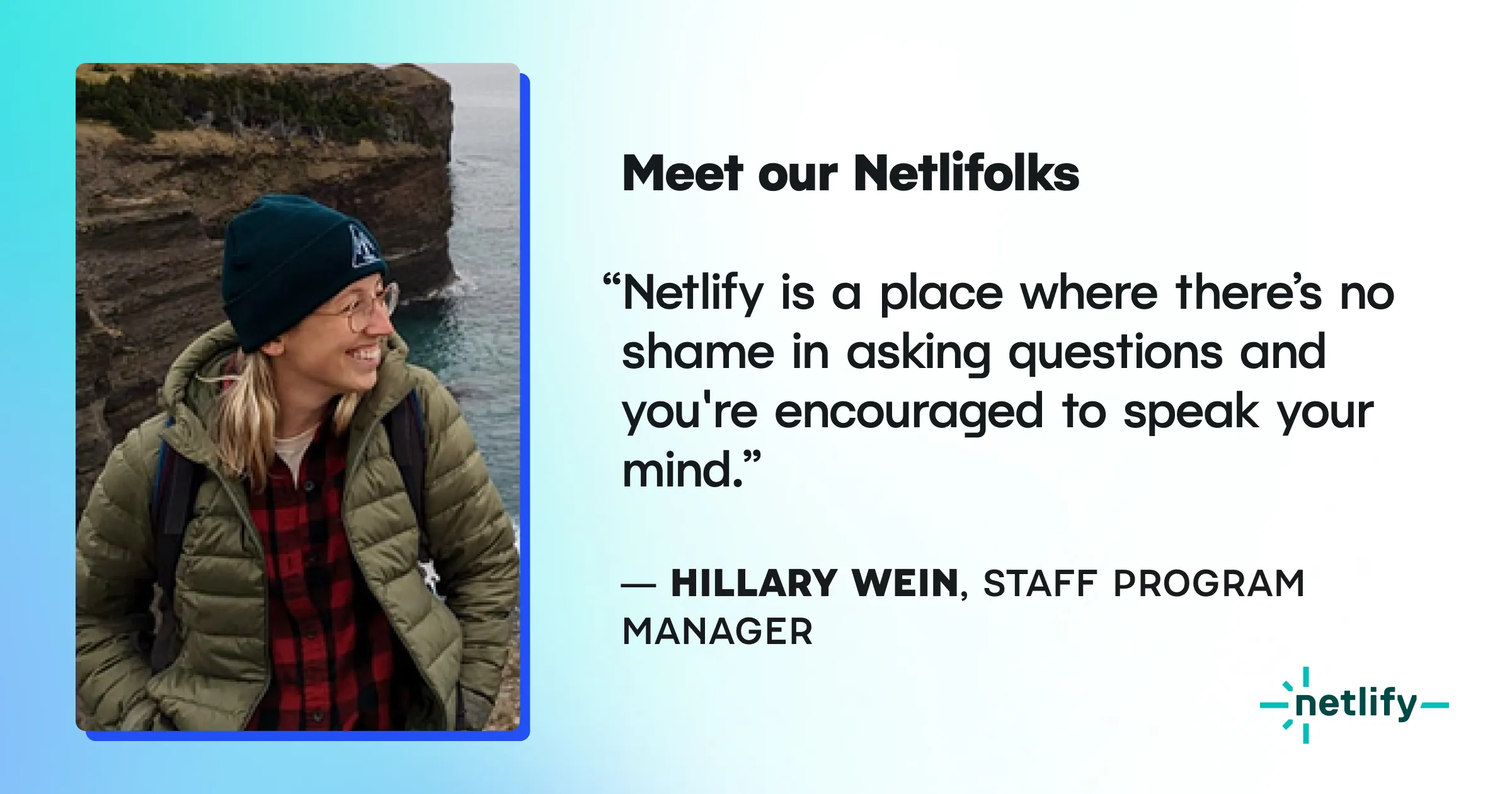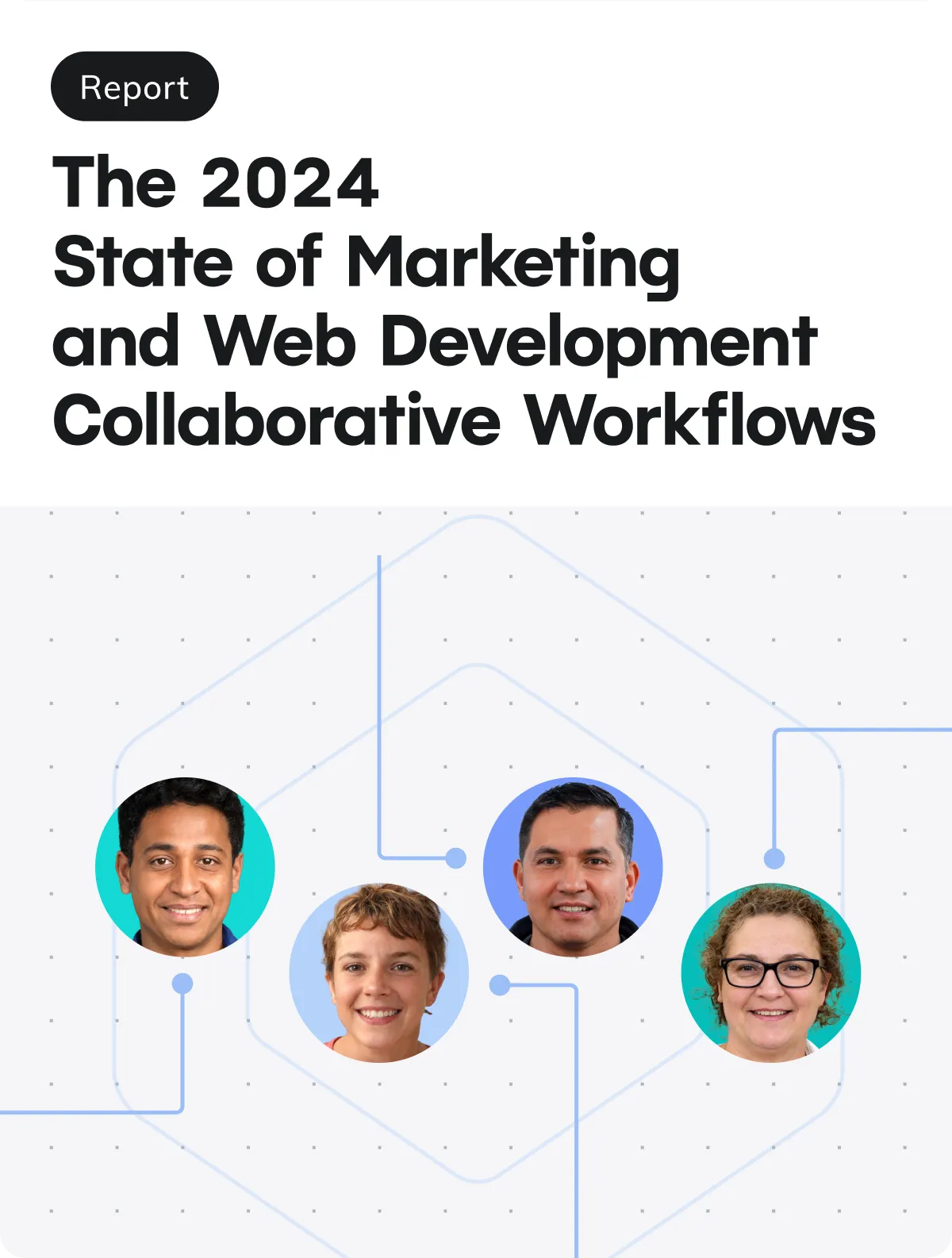Enterprises are starting to undergo a digital transformation, moving from monolithic web architectures to a more modern composable architecture.
The pain points are perhaps most acute in modern consumer brands companies.
The challenge of digital agility
Imagine you’re the brand manager of a popular consumer brand. It’s mid-March, and you’re trying to launch a new product line in time for the summer season. You’ve got a lot of balls in the air to go live on time, but with enough elbow grease and a bit of charm you can convince the web team to make it happen.
Now, imagine you’re inside a Fortune 500 company, with dozens of other teams and launches vying for IT’s attention. In addition, you are trying to launch your promotion across 24 different countries in 18 languages. The market pressure for timely, competitive campaigns is the same or stronger. But your life just got a whole lot more complicated.
In the mobile era, businesses move at a faster pace, and companies have shifted towards empowering content teams to launch new products and campaigns. There’s pressure to have new campaigns monthly if not weekly.
And digital agility isn’t the only pain point. Organic traffic is dipping on slow, monolithic sites as impatient mobile users bounce back to social media feeds. Traffic spikes crash sites at critical times, resulting in millions of dollars in lost revenue.
To handle these challenges, senior executives at consumer brands – up to the C-suite – have created and empowered digital leaders with a mandate to drive change.
The shift to composable architectures
With pressure from all sides, these leaders – working hand-in-hand with senior architects – are impatient to identify teams willing to embrace new technologies. The overarching goal: digital transformation via composable architectures.
Composable architecture is characterized by API-driven CMS platforms (Contentful, Contentstack), modern frontend frameworks (NextJS, Gatsby), a modern edge hosting platform (Netlify), and best-in-breed technologies for commerce, search, personalization, and analytics.
This shift, from monolith to composable, is analogous, and every bit as inevitable, as the shift from on-premise to cloud architectures that has happened over the last 15 years.
Over the last few years, at Gatsby and Netlify, we have watched this change happen and spoken to hundreds of business and technical leaders. The initiatives that they’re driving are cross-functional and strategic, visible at the highest levels of their companies, with long-term impacts on market share, revenue, and profit.
Along the way, consumer brand leaders are looking for the right tools, processes, and expert partners to walk with them along their journey.
Here are some of their stories.
Story 1: Fortune 500 Pharmaceutical Company
In the mid-2010s, a prominent consumer health brand with billions of dollars in revenue turned to Drupal to manage their complex web stack.
Their architects designed a multi-site model using a site factory model to create a centralized theming system. Unfortunately, with dozens of brands, each with a different agency, the system quickly broke down. Agencies, in order to move quickly, created theme overrides for specific parts of their sites.
However, with so many sites and brands, the architects and theme owners had no way to gain visibility into the customization being done on each website. As a result, it gradually became impossible to roll out new changes.
Worse, these sites had poor performance. With mobile Lighthouse scores under 30 (out of 100), they had to buy their own brand keywords on Google rather than getting traffic organically.
Story 2: Fortune 500 Consumer Packaged Goods (CPG) company
A prominent portfolio of well-known consumer packaged goods has 70 branded sites spread across multiple regions – primarily North America, Europe, and Asia/Pacific. This organization is heavily internationalized, with key brands having multiple sites per region.
Brand managers were increasingly frustrated, noticing that changes that felt like they should take a day or two of work, like creating a new page, were taking a month or more. Their monolithic system had so many inter-dependencies, that changes in one part of the codebase could break a seemingly unrelated website. QA processes introduced to ensure reliability resulted in slowing changes to a halt.
And, like in Company A, brand management was frustrated by poor performance.
Story 3: European multinational CPG company
A European consumer goods brand with 700+ websites and 4 CMSs wanted to modernize their tech stack in order to improve developer and marketing efficiency so they could deliver on their digital roadmap faster.
Each brand would send proposed content changes via Microsoft Word to a development team on a monthly basis. The process was created because with multiple CMSs, a website could be on an old CMS, or a new one, with different workflows and processes.
The team was increasingly frustrated by a lack of ability to ship changes quickly. A director of digital projects commented that the requirements could change multiple times during the development process. The team, she said, needed to more quickly react to the market and make changes faster.
They had a dense, 3-year product roadmap for web properties and didn’t feel their tech stack would allow them to deliver it – let alone additional omnichannel goals.
Conclusion
Most consumer companies we’ve chatted with have shared common challenges.
Their multi-site, multi-brand, multi-region, multi-language setups make it difficult to update quickly – let alone launch new campaigns – in the monolithic paradigm. Their existing architectures put a ceiling on performance, which hurts SEO and organic traffic. They have to staff DevOps teams in order to scale and maintain reliability.
At the same time, there’s support – all the way up to the C-suite – for digital transformation initiatives. But the tricky part – as it always is – is in fleshing out the specific details, and gathering momentum towards the future.
At Company A, they’re gradually shifting to decoupled Drupal, with a componentized, scalable theming system anchored in the modern web. At Company B, they replatformed onto a modern headless CMS and are using Javascript-based frontend frameworks and an edge hosting platform. Company C is standardizing on a unified frontend platform, giving more autonomy and control to brand managers and content creators.
These companies are shifting to a more agile, composable world. In this world, they can launch campaigns in hours instead of weeks. Site performance boosts SEO and web traffic rather than dragging it down. Cumbersome QA processes and marketing-to-dev handoffs vanish. Teams ship multiple times per day rather than weekly or monthly. Business leaders are thrilled.
At Netlify, we have a team dedicated to helping consumer brands move to the composable web.
Whether you’ve kicked off a project and would benefit from an architecture review, or if you’re just starting to think about your journey to composable, we’d be happy to chat.







